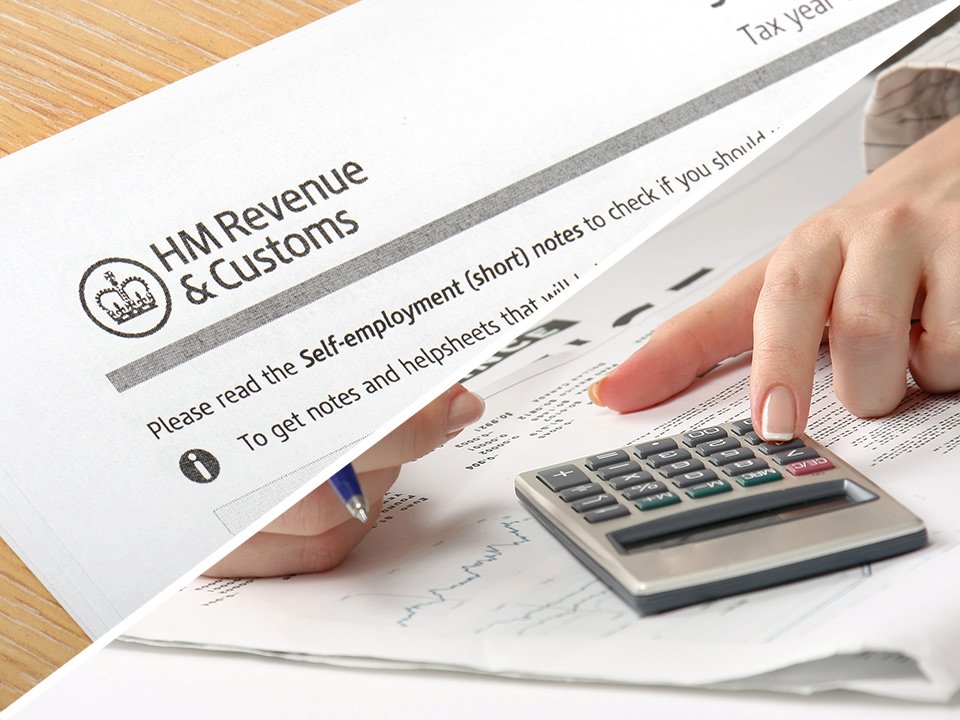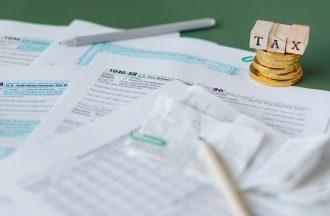
If you are going to become self-employed, then one of the big things you need to understand is the difference in paying tax. As an employee, your employer will collect your tax and national insurance each week or month before you even get your pay packet. This means you don’t need to think about it. But as a self-employed person, things are very different. Phone Them have kindly helped put this guide together. So, let’s take a look at UK self-employment taxes and how they work.
Paying tax when self-employed
When you register with HMRC that you are self-employed, you will need to complete an annual self-assessment tax return. This is where you detail the money you have made but also the expenses you have incurred running your business. It is also where any allowances you have will be factored in – you still get a tax free personal allowance, for example.
Basically, you pay tax on the profits after you have taken off allowable business expenses, annual investment allowance, capital allowances and losses. There are lots of online calculators to help you see how much this will be or you can use online accounting software to do the bookkeeping for you. You can also work with an accountant.
When does the tax year run?
The tax year is a 12 month period and is often called an accounting period. You can choose when your accounting year starts or ends if you want.
The standard tax year runs from 6th April until 5th April the next year. If you choose a date early in the tax year to submit your accounts, then you have more time to get your books together and submit the information. But if you want for 21st March, for example, you don’t have as much time.
If you select an accounting year that ends 5th April, the tax year for 2018-19 will mean you will be taken for profits from 6th April 2017 until 5th April 2018. You need to declare profits within a set time limit on these dates or you can face a penalty.
If you are unsure when your tax year runs from and to, you can call HMRC and they will give you this information.
Key facts around tax payments
Here are some key dates and facts around the tax year and paying self-employed tax:
- The tax year runs from 6th April until 5th April, so the 2017-18 tax year came to an end on 5th April 2018
- Profits declared in your 2017-17 tax return must be declared by 31st October 2018 for paper submissions or 31st January 2019 for online submissions
- The tax must be paid by 31st January 2019
What is payment on account?
Once you have been in business for more than a year, you are also required to pay tax for the current year in two instalments. These are called payments on account.
The idea of these is that you spread your tax bill across the entire year and to avoid having to pull out the whole amount at once at the end of January. Payments on account are due on 31st January and 31st July and HMRC will tell you how much you need to pay on these dates.
If you make more money this year than last, you will need to pay the remainder of the bill at the end of January 2019 (in this example). But if you made less than the previous year, you get a refund and the payments will go down. So if you paid £10,000 tax last year in two payments on account amounts of £5,000. Then this year you have tax to pay of £12,000. That means on January 31st, you will need to pay that additional £2000 and next year, your two payments will be £6000.
How to pay your bill
When it comes to either of the dates to pay tax, there are different options available. You can use same or next day payment options such as:
- Online or telephone banking
- CHAPS
- Debit card online
- At your bank or building society
Other payment options such as BACS, direct debit (if already set up) or cheque through the post can take at least three days to process so make sure you put these in place well before the deadline to avoid receiving a late payment fine.








